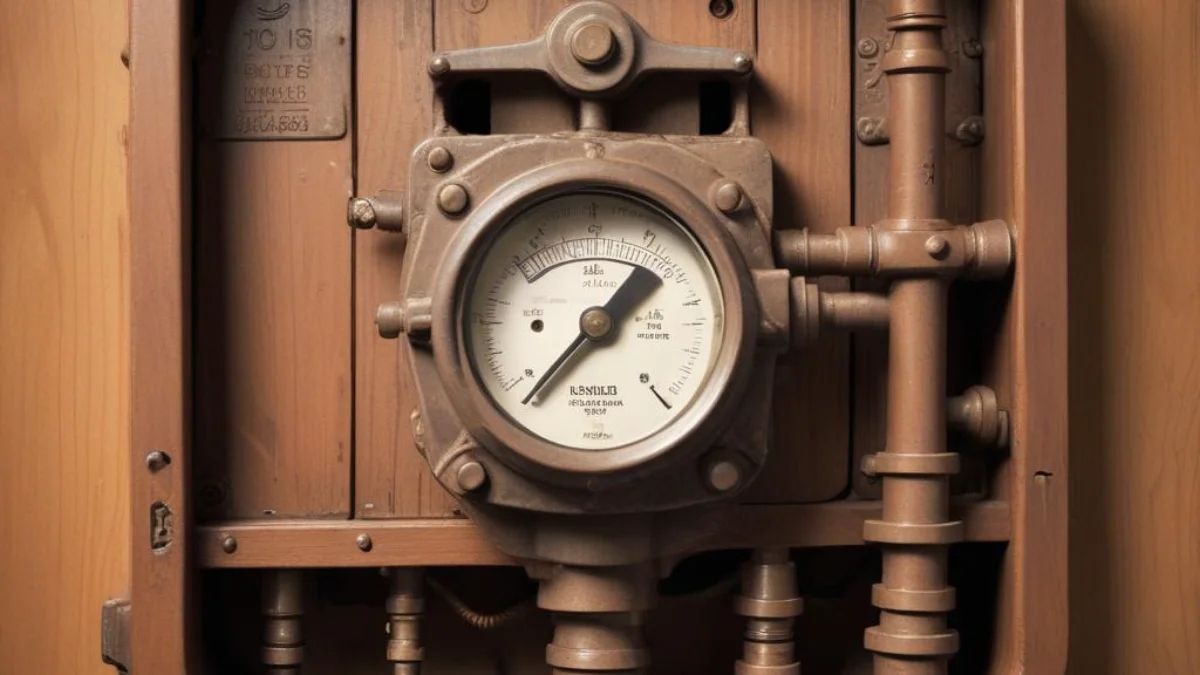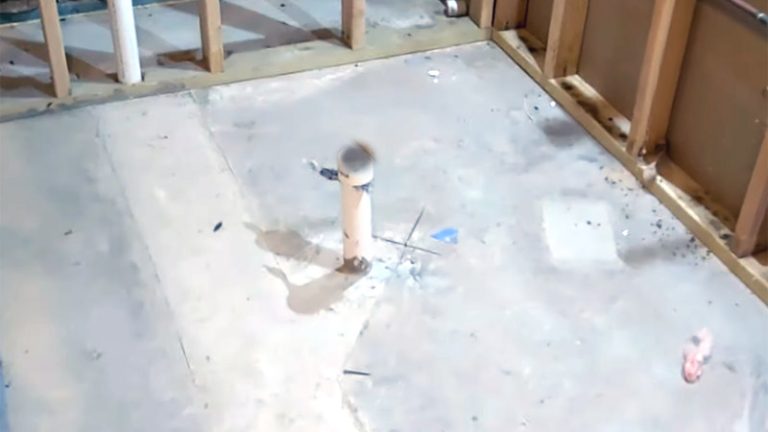How to Turn Gas Back On After Disconnection: A Vital Guide
Finding your gas service disconnected can be a stressful and disruptive experience. Whether it’s due to a scheduled maintenance, a suspected leak, or an unpaid bill, restoring your gas service safely and efficiently is a top priority. This comprehensive guide will walk you through the essential steps and crucial safety precautions for turning your gas back on.
Understanding the “why” behind the disconnection is the first step toward a solution. The approach to restoring service varies significantly depending on the reason for the shut-off. Attempting to restore gas yourself can be extremely dangerous, leading to leaks, fires, or even explosions.
You'll Learn About
Understanding Why Your Gas Was Turned Off
There are several common reasons why your natural gas service might be disconnected. Identifying the specific cause is critical because it dictates the correct procedure for restoration. Each scenario requires a different set of actions from you and the gas company.
From emergency situations to administrative issues, knowing the root cause will help you navigate the process. It ensures you take the right steps to get your heat, hot water, and appliances running again. Let’s explore the most frequent causes of gas disconnection.
Emergency Shut-Offs: Leaks and Repairs
If you or your gas company suspects a gas leak, the service will be shut off immediately for safety. Gas leaks are incredibly serious and must be treated as an emergency. Never ignore the smell of gas, which is often compared to rotten eggs.
In the event of a suspected leak, evacuate the premises immediately. Do not use any electronics, including light switches or phones, as a spark could ignite the gas. Once you are safely outside, call your gas company’s emergency number or 911.
A professional technician must locate and repair the leak before service can be restored. This process often involves pressure testing the lines to ensure they are secure. After repairs are complete and the system is deemed safe, a professional will restore your service.
Disconnection Due to Non-Payment
Falling behind on payments is another common reason for gas service disconnection. Utility companies are required to provide written notice before shutting off your service. This notice will detail the amount owed and the scheduled date of disconnection.
If your service has been disconnected for non-payment, you’ll need to settle your outstanding balance. This typically includes the past-due amount, late fees, and a reconnection fee. Contact your gas provider to understand the full amount required for restoration.
Once you’ve made the necessary payments, you can schedule a reconnection appointment. It’s important to keep in mind that some companies have a waiting period for service restoration. In some cases, if the service has been off for an extended period, a new service application and credit check may be required.

Planned Maintenance or Upgrades
Sometimes, gas service is temporarily shut off for planned maintenance or system upgrades. Your utility company will typically notify you in advance of any scheduled work. This allows you to prepare for the temporary outage.
During these planned disconnections, crews work to improve the safety and reliability of the gas infrastructure. Once the work is completed, technicians will go door-to-door to restore service and relight pilot lights on your appliances. An adult must be present for this process.
Step-by-Step Guide to Restoring Your Gas Service
Restoring gas service is a process that must be handled with care and, in most cases, by professionals. Never attempt to turn the gas back on yourself at the meter if the gas company has shut it off. This is not only dangerous but can also be illegal. The following steps outline the proper procedure for getting your gas service safely restored.
Step 1: Contact Your Gas Utility Company
The very first and most crucial step is to contact your gas provider. Their customer service number can be found on a previous bill or their website. Explain your situation clearly, whether it’s a disconnection for non-payment or a post-emergency restoration.
They will provide you with the specific requirements for your situation. This may include payment information, scheduling a service appointment, or steps to address a safety concern. Having your account number ready will help expedite this process.
Step 2: Settle Any Outstanding Balances and Fees
If the disconnection was due to an unpaid bill, you must pay the full past-due amount. This often includes late payment penalties and a specific reconnection fee. The cost can vary, so confirm the total with your provider.
Most companies offer several payment options, including online, over the phone, or at an authorized payment center. Once payment is made, keep the confirmation number handy. You will need it to schedule the reconnection.
Step 3: Schedule a Reconnection Appointment
After settling your account, you’ll need to schedule an appointment for a technician to restore your service. Reconnection timelines can vary depending on the company’s schedule and technician availability. In some cases, it may take one to several business days.
An adult (18 years or older) must be present at the property for the technician to restore service. The technician will need access to your gas meter and all gas appliances inside your home. This is to ensure everything is turned back on safely and to check for any issues.
Step 4: The Reconnection Process and Safety Checks
When the technician arrives, they will first perform a safety check of your gas lines and meter. They will then turn the gas back on and proceed to relight the pilot lights on your appliances. This includes your furnace, water heater, stove, and any other gas-powered equipment.
The technician will also check to ensure each appliance is functioning correctly and safely. This is a critical step to prevent gas leaks or carbon monoxide issues. Do not hesitate to ask the technician any questions you may have about your gas system.
Crucial Safety Precautions You Cannot Ignore
Dealing with natural gas requires the utmost caution. Ignoring safety protocols can have devastating consequences. Here are some non-negotiable safety rules to follow when your gas has been disconnected.
Never Try to Reconnect the Gas Yourself
It cannot be stressed enough: if a utility company professional has turned off your gas at the meter, you must not attempt to turn it back on. The meter is often locked or sealed for a reason. Tampering with it is dangerous and can lead to severe legal and financial penalties.
Only qualified and authorized technicians have the training and tools to restore service safely. They follow a strict protocol that includes leak tests and appliance checks to ensure the safety of your home and family. For your safety, always wait for the professional.
What to Do If You Smell Gas
If at any point you smell the distinct odor of natural gas (like rotten eggs), act immediately. Do not operate any electrical switches, unplug appliances, or use your phone inside the house. Any spark could potentially ignite the gas.
Immediately evacuate everyone from the building. From a safe distance away from the property, call your gas company’s 24-hour emergency line or 911. They will dispatch a crew to investigate and make the situation safe.
Financial Assistance and Prevention
If you’re struggling to pay your gas bill, disconnection is not inevitable. There are often programs and options available to help you manage your payments and avoid a shut-off. Being proactive is key to maintaining your service.
Many utility companies offer payment arrangement plans that allow you to pay off a past-due balance over time. Additionally, there are often government and non-profit energy assistance programs available for low-income households. Contact your utility provider or local social services office to inquire about these options.
| Reason for Disconnection | Who Can Restore Service? | Key Steps to Take | Estimated Cost |
|---|---|---|---|
| Non-Payment | Gas Company Technician Only | Pay past-due bill, late fees, and reconnection fee. Schedule appointment. | $50 – $150+ (plus bill amount) |
| Suspected Gas Leak | Licensed Plumber & Gas Company | Evacuate and call for emergency service. Plumber must make repairs and pass inspection. | Varies widely based on repair needs. |
| Planned Maintenance | Gas Company Technician Only | Wait for utility crews to complete work and restore service. Be home for relighting. | $0 |
| Emergency Shut-Off (e.g., Earthquake) | Gas Company Technician or Qualified Pro | Have a professional inspect lines and appliances before calling utility to restore. | Varies based on inspection/repair needs. |
Frequently Asked Questions
Navigating a gas disconnection can be confusing. Here are answers to some of the most common questions homeowners and renters face. Understanding these points can help demystify the process.
How long does it take to get gas reconnected?
The timeframe for reconnection varies. After payment for a non-payment disconnection, it can take anywhere from 24 hours to a few business days, depending on the utility’s schedule. For emergency repairs, the timeline depends on the complexity of the required work and city inspections.
Can my landlord turn off my gas?
In most jurisdictions, it is illegal for a landlord to shut off essential utilities like gas, even during an eviction process. If this happens, you should contact your local housing authority or seek legal advice immediately. The responsibility for utility payments should be clearly outlined in your lease agreement.
What if I need to upgrade my electrical service?
While dealing with your gas service, you might realize other utility systems need attention. For instance, understanding the cost to upgrade to 200 amp service can be important for modern electrical needs. It’s a separate process but part of overall home utility management.
Do I need to be home for the reconnection?
Yes, an adult must be present for the gas company to restore service. The technician needs access to your home to relight all gas appliances, such as your furnace, water heater, and stove, and to perform essential safety checks. This is a mandatory step to ensure everything is working correctly and safely.
Managing home utilities, from gas service to understanding what is 150 amp service, is a key part of homeownership. Even seemingly unrelated tasks, like knowing how to remove a single paving slab, can sometimes be part of larger projects that involve utility lines, so it pays to be informed.

